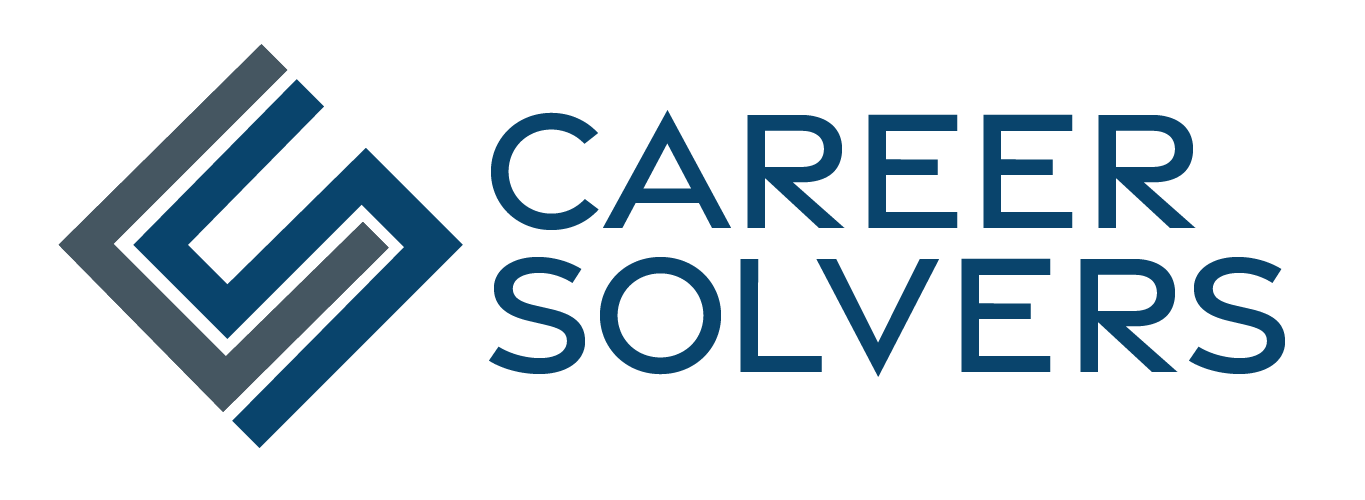The time to prepare for a job search is while you’re still employed. This concept is called “Career Cushioning.” Prepare yourself for a soft landing at a new job by being proactive about a job search and creating alternate paths to new employment in case of a layoff or firing.
While looking for a job while still employed is always a strong strategy, career cushioning is a growing trend. The term gained favorability in late 2022/early 2023.
Job security can be rare in certain industries. Ensuring you have a place to land in the event of sudden change is a proactive way to deal with uncertainty. Key roles and industries are being reimagined because of the impact of technology, including artificial intelligence. As a result, career cushioning is becoming increasingly relevant.
According to research conducted by recruiting firm Robert Walters, 68% of professionals surveyed are already looking for new jobs as a “just in case” tactic. Almost half of those surveyed (48%) say low job satisfaction is the reason for their current mindset. Other reasons include lack of job security (28%) and internal changes within the company (16%). A turbulent economy is also a contributing cause (8%).
MarketWatch Guides found that 70% of workers are taking steps to prepare for layoffs — such as putting more money into savings or regularly reviewing job listings. The MarketWatch Guides 2024 Layoff Anxiety Survey found that survey respondents monitor current unemployment rates.
Financial insecurity is also driving career cushioning tactics. Forty percent of workers say if they were laid off today, they would run out of money within one month based on their current spending. Almost a fourth of those surveyed said they would run out within two weeks.
Generational differences are also apparent in career cushioning strategies. The Layoff Anxiety Survey found Generation Z employees (born between 1997 and 2012) feel the most pressure. Fifty-seven percent reported being anxious about being laid off, and 88% are actively taking steps to prepare for layoffs. Forty-two percent of millennial employees (born between 1981 and 1996) report layoff anxiety.
Taking action can be an effective strategy to reduce anxiety.
Top tactics:
- Monitoring the job market
- Preparing/updating job search documents and LinkedIn profile
- Networking with recruiters and others who can assist with a job search
- Arranging for informational interviews to learn more about a company
- Activating job search alerts and browsing job listings
- Creating a target list of prospective employers
- Applying for jobs
- Researching opportunities in new career fields
- Considering taking contracting roles
- Inventorying your skills and interests for alignment with future opportunities
- Improve your personal brand by increasing your online visibility (blogging, social media engagement, etc.)
- Upskilling/reskilling/training
- Starting a side hustle that could become a job/career or taking on freelance work
- Working with a resume writer and/or career coach
- Increasing personal savings in anticipation of a layoff
- Taking stock of your finances and opportunities to cut expenses
- Working with a mental health professional to address anxiety issues
Employees may also consider career cushioning strategies if they feel underappreciated or unchallenged in their current role, even if the position is stable. Dissatisfaction with salary and benefits, work/life balance, and career opportunities can also be reasons to pursue career cushioning activities.
One of the most important parts of career cushioning is projecting your future.
- What kind of job or career do you see yourself in a few years down the road?
- What skills would that job or career require?
- What steps do you need to take today to prepare yourself for a job search tomorrow or in the near future?
One key tactic for setting yourself up for success is networking. Connecting with individuals inside and outside your field can help you land your next role. Networking can help you identify unadvertised job opportunities, connect with recruiters and hiring managers, and learn more about a company before you apply for an advertised opening.
According to HubSpot, 85% of jobs are filled through networking. Especially when pursuing a confidential job search, networking can help open the door to finding the next job opportunity. No longer does networking mean attending industry conferences and trade shows — connecting with contacts on LinkedIn and using LinkedIn messages to stay in touch can be just as effective.
Even if your position isn’t threatened, career cushioning is a smart strategy to ensure you’re being paid a market rate and you’re ready for an opportunity if it arises.


